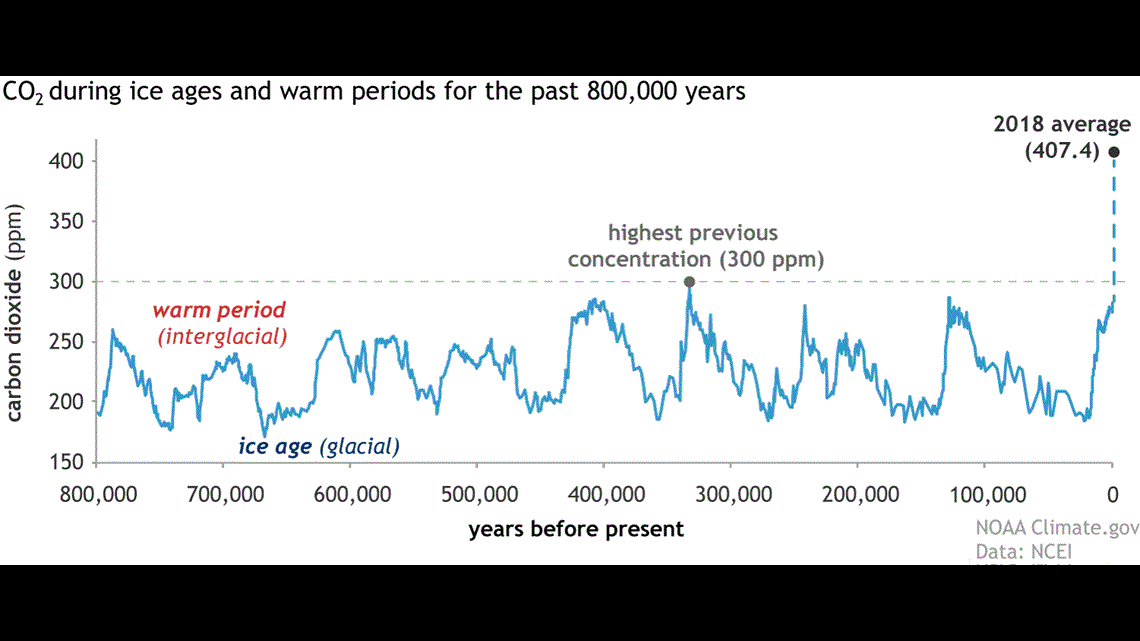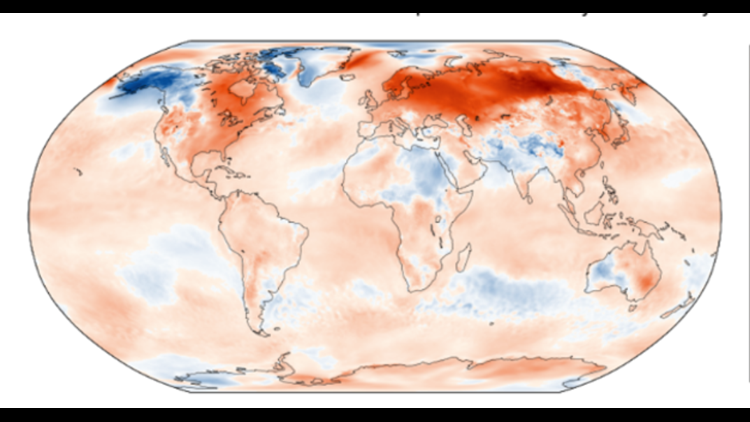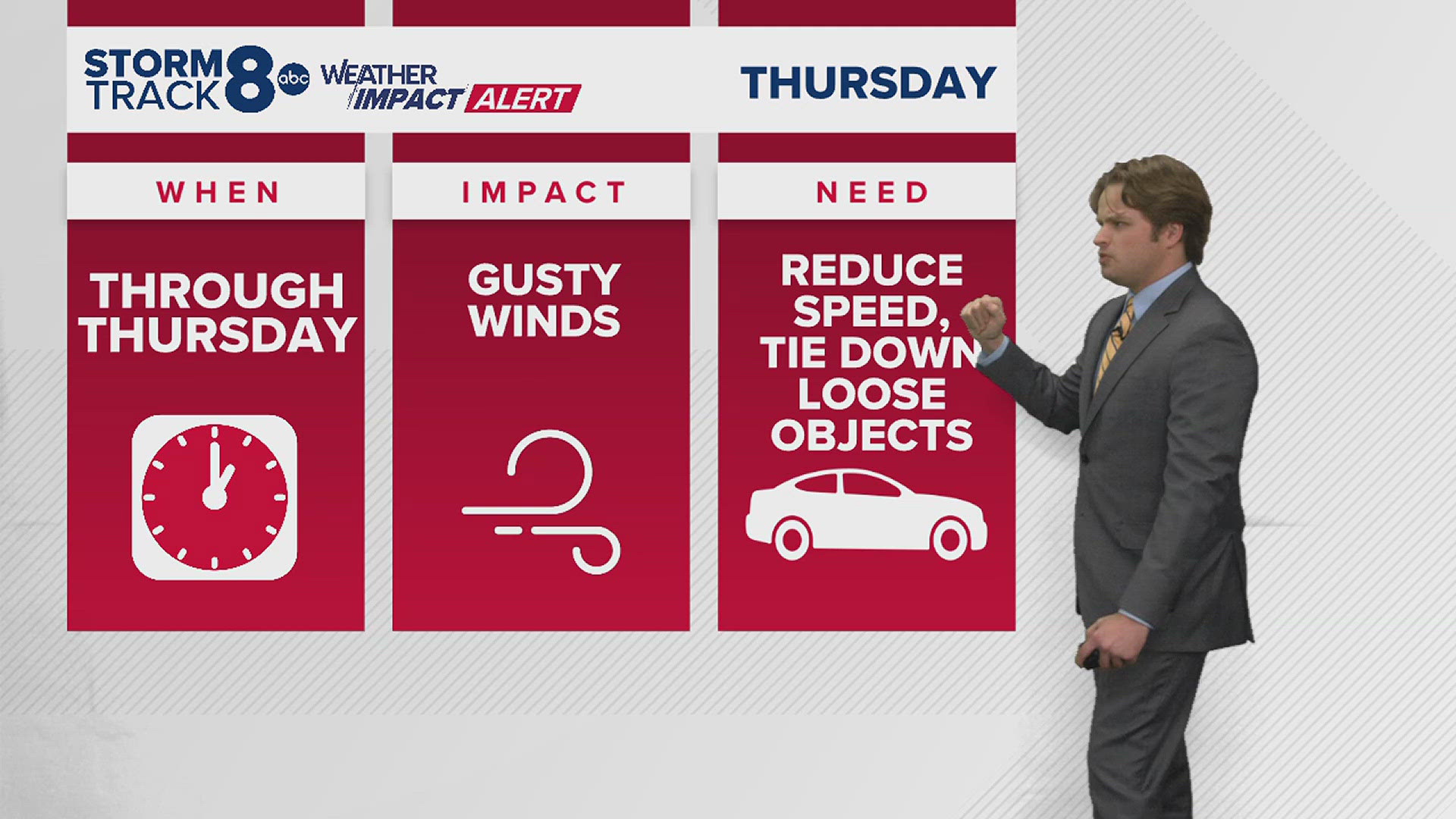The European agency Copernicus Climate Change Service has estimated that the average temperature during January was 0.77°C warmer than normal when compared to average temperatures between the years of 1981-2000. Previously, the year 2016 held the record for the warmest January of all time with January 2017 coming in at a close second.


Most notably, Europe experienced temperatures that were 3.1°C warmer than the 30-year-average for January. Similarly, areas from Norway to Russia also experienced a substantial rise in the average temperature by more than 6°C in January, breaking the record in the last 30 years.
Many parts of the world also experienced above-average temperatures including the United States, eastern Canada, Japan, eastern China, Southeast Asia, New South Whales in Australia and a few locations in Antarctica.
Temperature records suggest that the top seven warmest years on record are all from the last decade (2010-2019) and the world’s five warmest years have all occurred since 2015.


The emission of excessive greenhouse gases is blamed for the continued rise in global temperatures. The year 2018 recorded the highest global average carbon dioxide level at 407.4 parts per million, which is said to be the highest in the past eight million years.
The United Nations said last year that manmade greenhouse gas emissions needed to fall 7.6 percent annually over the next decade to cap global warming at 1.5°C above preindustrial levels.


Here in the Quad Cities, our January ended up coming in at 5.5°F (or 15°C) above normal for the month. When compared to other Januarys, it ranks as the 23rd warmest January on record. Temperature data for the Quad Cities goes back to 1874. Certainly, so far our winter season has been remarkably mild, with only a few hits of Arctic air at times.
The long-range outlook calls for temperatures to average below normal by the middle of February through the beginning of March.
Meteorologist Andrew Stutzke



